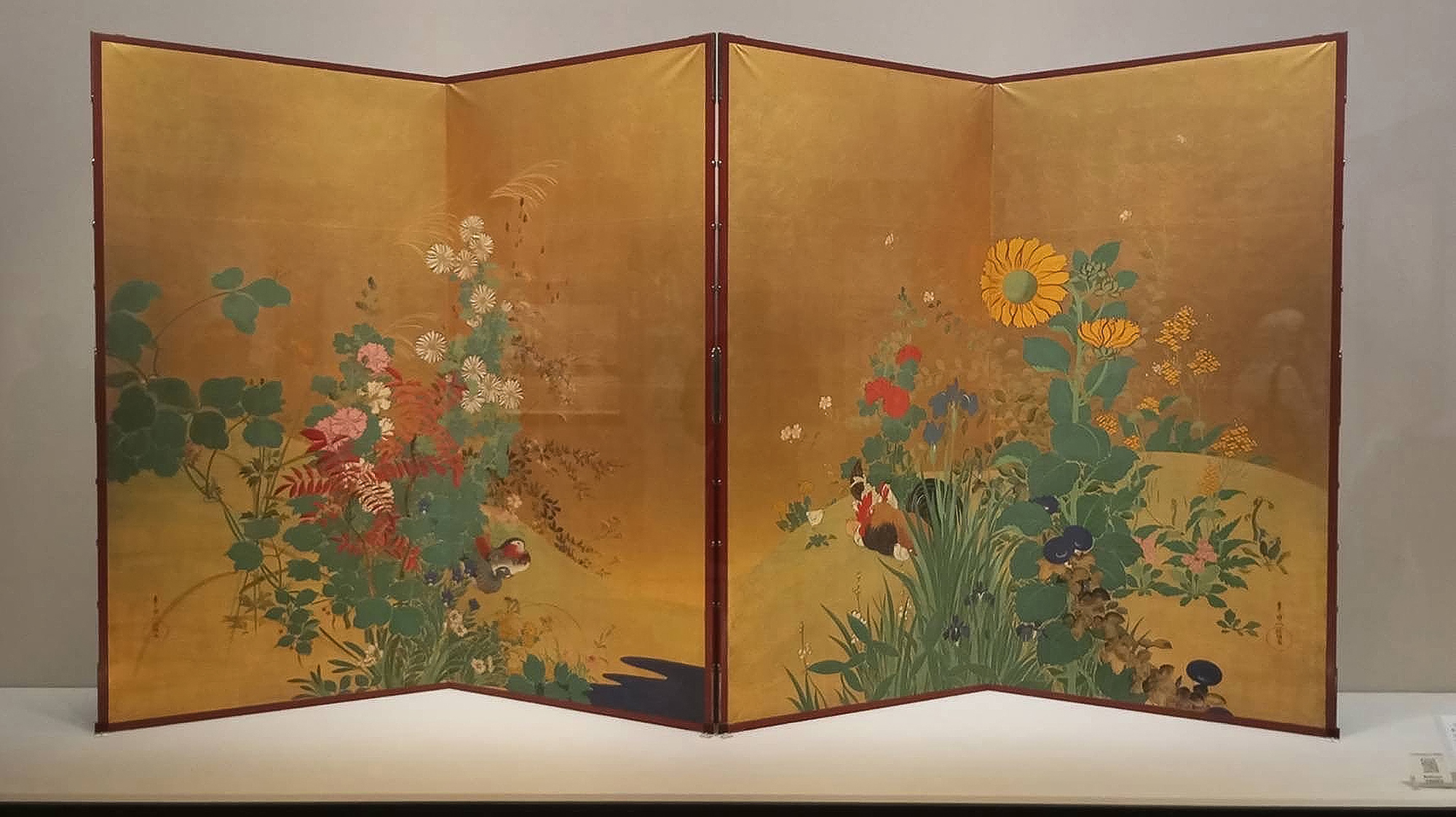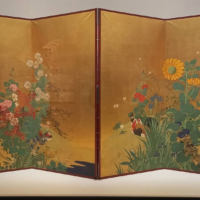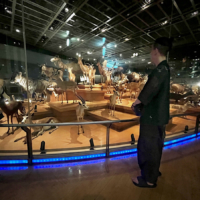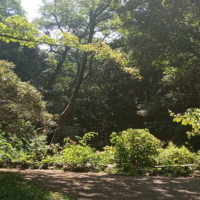It’s time to wander the wonders of Japan. Visitors can discover the deep aesthetic regard that’s prevalent in every art exhibit. Learn about the stories lurking in their details and the harmonious relationship between natural wonders and scientific innovation.
The Japan Cultural Passport connects people, their smartphones and over 30 of Japan’s most exciting cultural institutions and facilities. The JCP enables a travel experience beyond the ordinary and off the beaten track. Some of the best that Japan has to offer is all but a click or swipe away.
Depending on their itinerary, people can choose from the seven-day plan (¥3,500) 14-day plan (¥6,000) or 21-day plan (¥8,000) any time between Aug. 5 and Feb. 15, 2026.
Outline of seven-day plan
People can take a week to discover and revel in the beauty of Japanese art. From the delicate and intricate artwork of traditional crafts to high-tech experiential art installations, there’s a vast range of options to choose from and encounter. The following suggested route is just one example, taking you to 12 cultural sites across Japan. With the JCP, you can enjoy admission to all of them for just ¥3,500 — compared with the regular total of ¥12,540 (depending on season), saving ¥9,040.
Day 1
Tokyo:
Art lovers can discover the precious treasures of Japan’s art world before following the timeline to premodern Japanese paintings. This is a chance to delve into Japan’s incomparable aesthetic and artistic legacy.
10:00
Tokyo National Museum in Ueno
13:00
Yamatane Museum of Art in Ebisu
Day 2
Travel from Tokyo to Saitama:
Two museums in Saitama Prefecture celebrate the ordinary and mundane through Japan’s particular sense of aesthetics. The Iwatsuki Ningyo Museum sheds light on Japan’s enduring ningyo (doll) culture, which has traditionally cherished dolls in many facets of daily life, including the Doll Festival for girls held every year on March 3. Visitors can also discover the exquisite craftsmanship of master artisans whose skills have supported and preserved this intricate art form for generations. The Saitama Prefectural Museum of History and Folklore focuses on Saitama’s regional history through exhibits from local festivals. There are also workshops for visitors interested in indigo dyeing and crafting.
10:00-11:00
Travel from Tokyo to Saitama
11:00
Iwatsuki Ningyo Museum
15:00
Saitama Prefectural Museum of History and Folklore
Day 3
Travel from Saitama to Kanazawa
This is a day for self-reflection. People can get in touch with their inner Zen philosopher while strolling among artworks that represent the newest and best of the modern art world.
9:00-11:30
Travel to Kanazawa
13:00
D.T. Suzuki Museum
15:00
21st Century Museum of Contemporary Art, Kanazawa
Day 4
Travel from Kanazawa to Kaga Onsen
Ishikawa is a region that’s crammed with glorious colors and astounding form. Visitors can experience the unparalleled world of Ishikawa’s art and craftwork.
10:00
Ishikawa Prefectural Museum of Art
11:00-12:30
Travel to Kaga Onsen Hot Springs
14:00
Kutaniyaki Art Museum
Day 5
Travel from Kaga Onsen to Kyoto
Here, people can walk through the streets of centuries-past Kyoto. The Toei Kyoto Studio Park transports visitors to the Edo Period (1603 to 1867). Visitors can stroll through the open-air sets of films and dramas wearing period costumes and take a seat in the samurai and ninja shows. After that time machine experience, treat your senses to the classical and Buddhist art treasures at the Kyoto National Museum. Revel in the ancient capital’s millennium of beauty.
9:00-11:30
Travel to Kyoto|
13:00
Toei Kyoto Studio Park
Kyoto National Museum
Day 6
Travel from Kyoto to Nara
Buddhist art is the artistic manifestation of the quest for Nirvana. The faith, beauty and spirituality of Japan presides in every corner of the Nara National Museum, a Buddhist facility in the heart of Nara Park. It’s near Todaiji and Kofukuji temples, making this a unique chance to see both museum treasures and two UNESCO World Heritage Sites.
10:00-11:00
En route to Nara
11:00
Nara National Museum
Day 7
Transit from Nara to Osaka
Classic Japanese art meets mind-boggling holograms at the Koji Kinutani Tenku Art Museum, named after the master fresco artist whose works captivate and fascinate the viewer with their vibrant colors and sensuous energy.
10:00-11:00
En route to Osaka
11:00
Koji Kinutani Tenku Art Museum
Customer reviews
Travelers who used the JCP gave us their feedback. Rick West from the U.S. state of Utah visited the National Museum of Nature and Science in Tokyo.
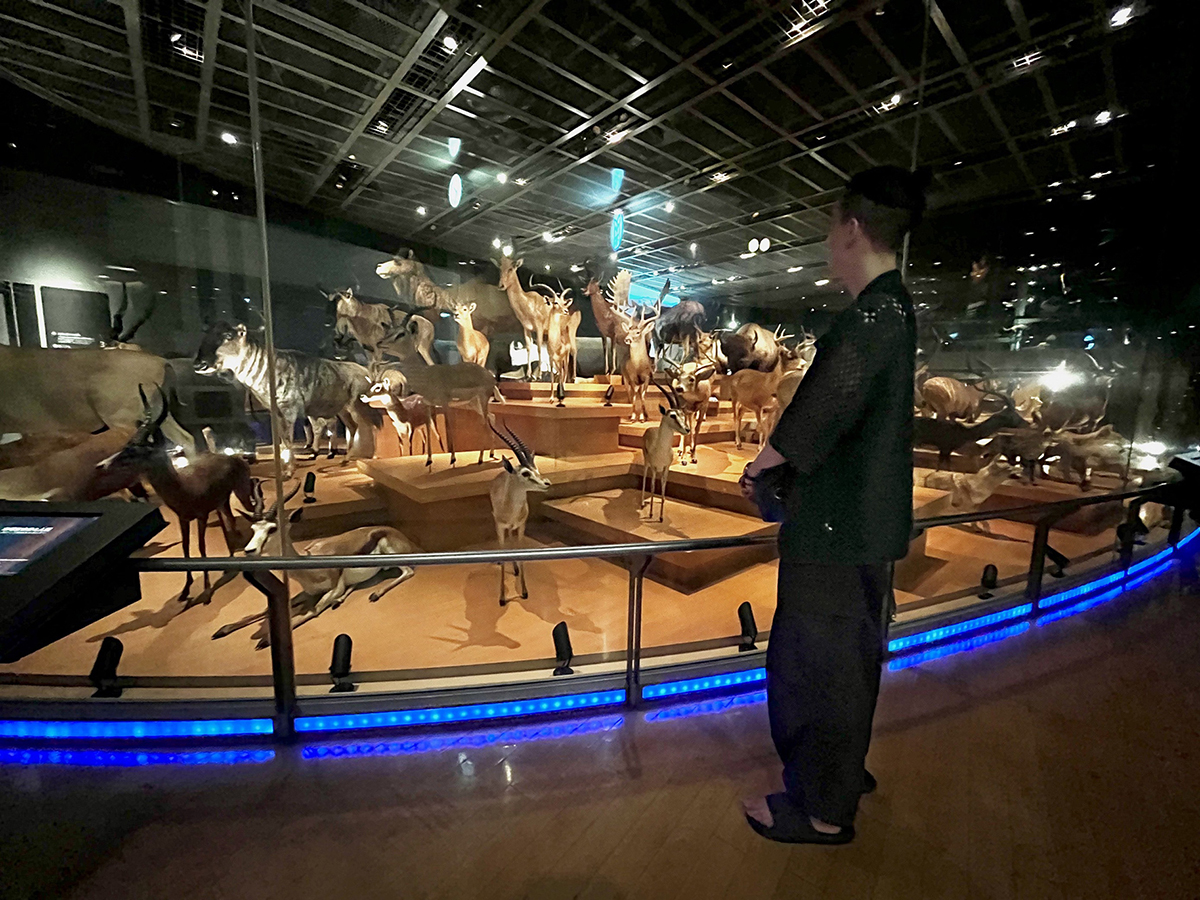
“One of the highlights of my visit was an exhibition tracing the history of Japanese calculators,” he said. “I found it fascinating to see how the soroban, a tool deeply embedded in Japanese culture, had evolved under the influence of mechanization. It was a great experience to glimpse the roots of computing in Japan.”
West added that he recommends the JCP to travelers with a “broad range of interests and strong intellectual curiosity.”
Marc Philippe who was visiting from Le Havre, France, said he had decided to visit at least one museum per day during his one-week stay in Tokyo.
“For me, museums are more than cultural sites: They offer calm moments in the middle of a very active trip, and a way to connect with the history, art and identity of Japan. Looking for a practical solution, I discovered the Japan Cultural Passport. It allowed me to explore a wide range of museums across different districts, each with its own unique atmosphere.”
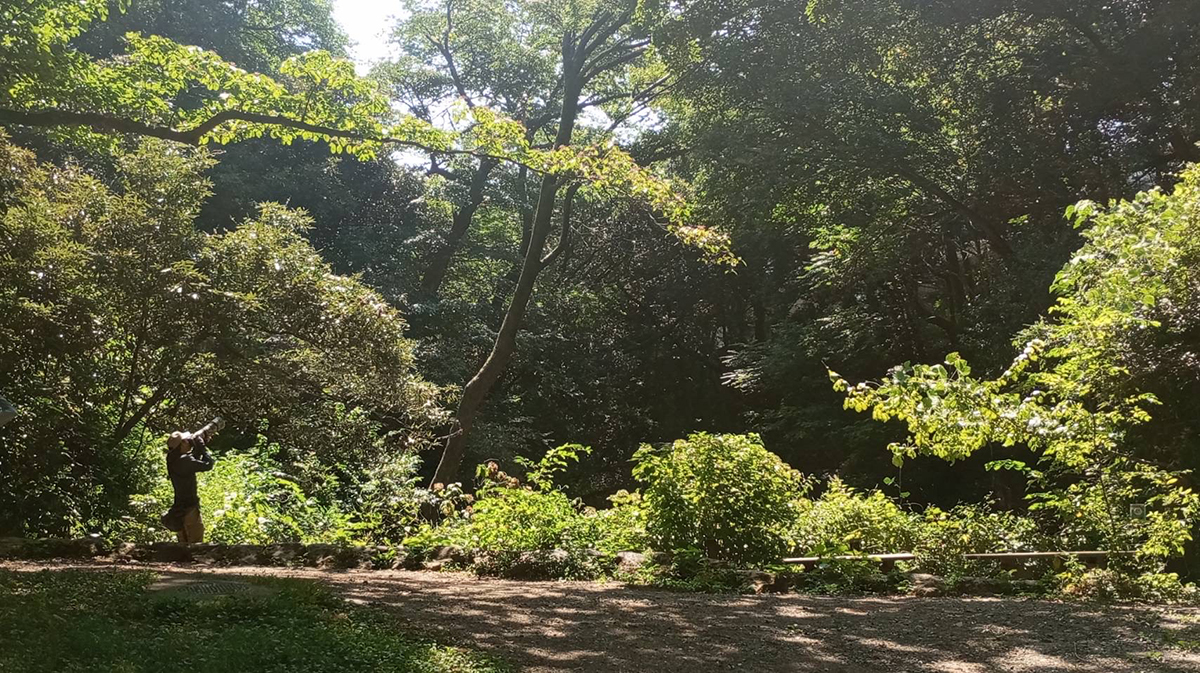
“Switching between districts, museums, and atmospheres felt like moving through different worlds within Tokyo,” Philippe said. “Each museum told a distinct part of Japan’s story: art in Ebisu, nature in the heart of Minato-ku, historical treasures in Ueno, futuristic science in Ariake and modern creativity near the Imperial Palace.”
Summing up his experience, Philippe said: “I strongly recommend the pass to anyone visiting Japan. Slowing down inside these cultural spaces allowed me to reconnect with history, art, and even nature, in the middle of one of the busiest cities in the world. The Japan Cultural Passport made this journey not only convenient, but also meaningful.”



